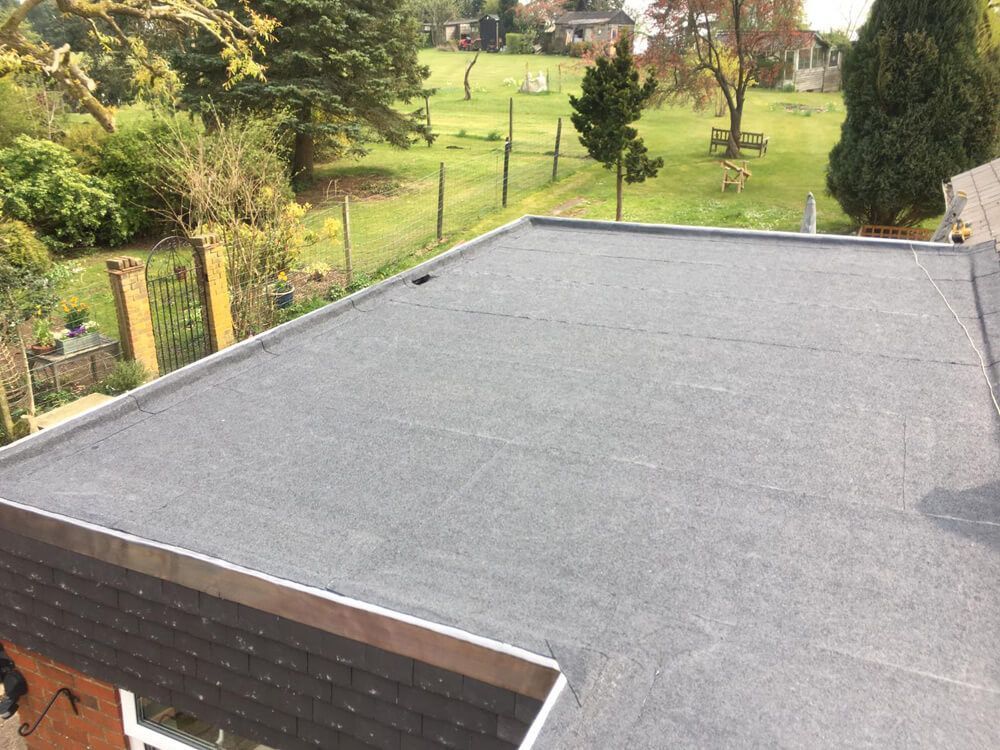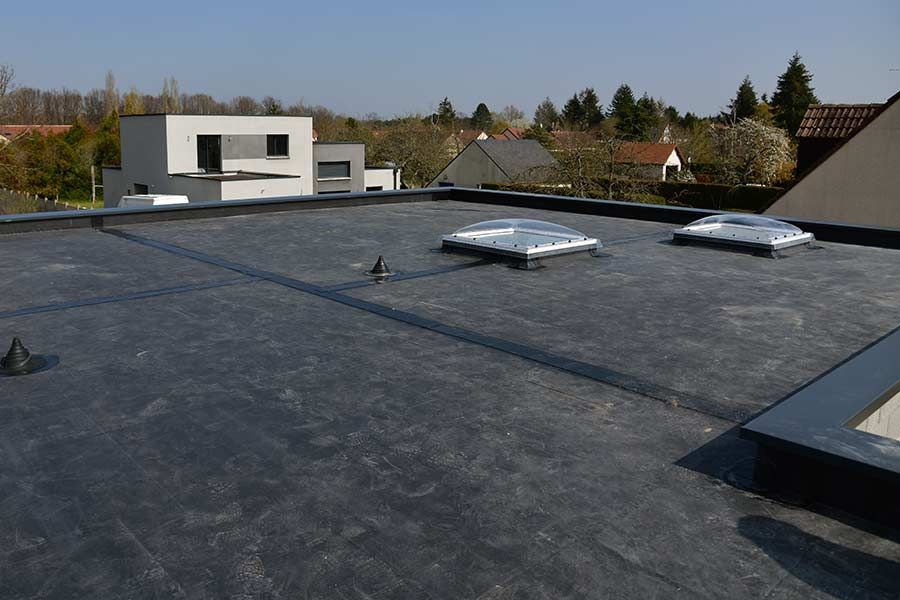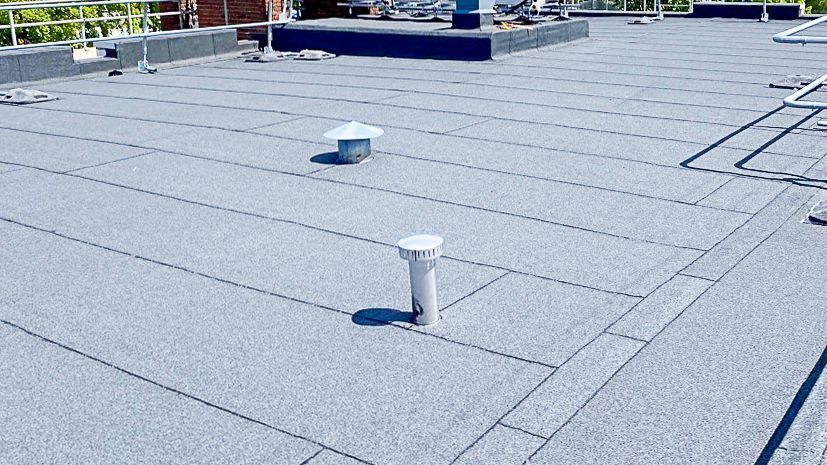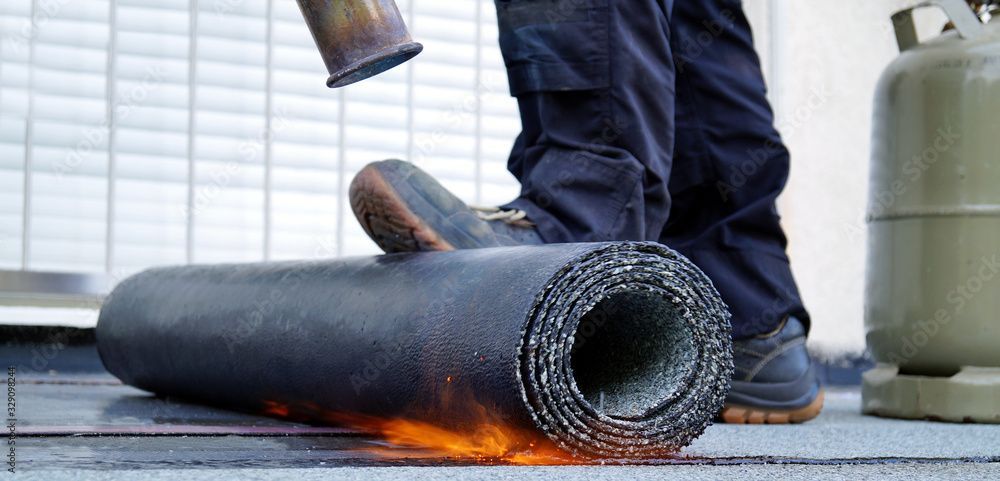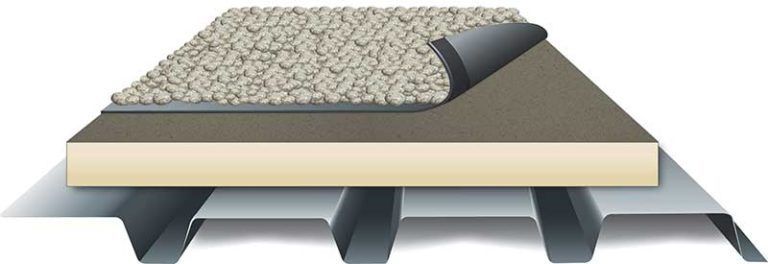FAQs
Flat roofing in Washington DC requires careful consideration of materials, climate, and maintenance. We'll address key aspects to help you make informed decisions about your flat roof project.
What are the most durable materials used for flat roofing in Washington DC?
The most durable flat roofing materials in Washington DC include modified bitumen, TPO, and EPDM. These materials offer excellent resistance to weather extremes and UV radiation.
Modified bitumen is a popular choice due to its strength and flexibility. TPO (thermoplastic olefin) provides great energy efficiency and durability. EPDM (ethylene propylene diene monomer) is known for its long-lasting performance.
Which flat roofing systems offer the best return on investment?
TPO and EPDM systems often provide the best return on investment for flat roofs in Washington DC. These materials offer a good balance of durability, energy efficiency, and cost-effectiveness.
TPO roofs reflect sunlight, reducing cooling costs in summer. EPDM roofs have longer warranty periods, potentially lasting up to 25 years with proper maintenance.
What are the maintenance requirements for different flat roof types?
Maintenance needs vary depending on the roof type. Generally, flat roofs require regular inspections, cleaning of debris, and checking for ponding water.
TPO roofs need periodic cleaning to maintain their reflective properties. EPDM roofs may require resealing of seams over time. Modified bitumen roofs benefit from occasional recoating to extend their lifespan.
How do climate conditions in Washington DC affect flat roof selection?
Washington DC's climate, with hot summers and cold winters, impacts flat roof selection. We recommend materials that can handle temperature fluctuations and occasional heavy snowfall.
TPO and EPDM perform well in this climate due to their flexibility and resistance to UV radiation. Modified bitumen also stands up well to DC's weather conditions.
What are the latest advancements in flat roofing technology applicable in Washington DC?
Recent advancements in flat roofing include improved energy-efficient materials and installation techniques. Cool roof technologies, which reflect more sunlight, are gaining popularity in DC.
Smart roofing systems with sensors to detect leaks or damage are becoming more common. Green roofing options, which incorporate vegetation, are also growing in popularity for their environmental benefits.
Can you compare the longevity and performance of various flat roof solutions?
EPDM roofs typically last the longest, with warranties up to 25 years. TPO roofs come next, often lasting 20 years or more. Modified bitumen roofs usually have shorter lifespans, around 12-15 years.
Performance-wise, TPO offers excellent energy efficiency. EPDM provides superior durability and weather resistance. Modified bitumen performs well in terms of waterproofing and ease of repair.

